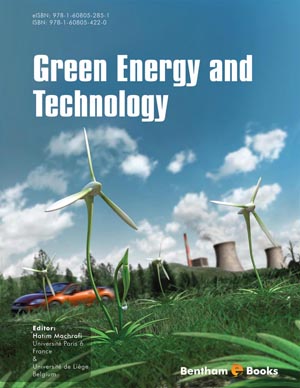Abstract
Using a global energy model describing the bioenergy sector in detail, this chapter examines the cost-optimal use of modern bioenergy over the period 2010-2100 under a 400 ppmv CO2 stabilization constraint and its potential contribution to satisfying this stringent constraint. The following three main results are obtained. First, it is cost-optimal to use modern bioenergy largely to generate heat and replace direct coal use until around 2040. As second-generation bioenergy conversion technologies and CO2 capture and storage (CCS) technologies become mature in the second half of the century, it becomes cost-optimal to produce biofuels and electricity using these technologies. All biomass gasification-based conversion technologies are combined with CCS (called BECCS) from 2060. Second, introducing modern bioenergy, particularly the strategy of negative CO2 emissions provided by BECCS, makes a substantial contribution to stabilizing the atmospheric CO2 concentration at 400 ppmv in 2100 and is a robust future technology option under such a stringent climate stabilization constraint. However, from around 2060, bioenergy supply potentials place a severe limit on the amount of modern bioenergy produced. Third, under the 400 ppmv CO2 stabilization constraint, BECCS holds a large share of the global amount of CCS throughout the time horizon and offers great flexibility in the timing of CO2 reductions, whose value is estimated to be as high as $13.3 trillion in constant 2000 US dollars. A significant portion of the CO2 capture is implemented in now-developing regions, implying the importance of the effective transfer of CCS technologies to nowdeveloping regions for achieving stringent climate stabilization targets.
Keywords: Global warming, energy, supply, energy supply security, cost optimal use, bioenergy, energy policy, stringent climate constraint, CO2 neutral, global energy system, optimization, model, alternative fuel, sensitivity analysis, stabilization, target.


















